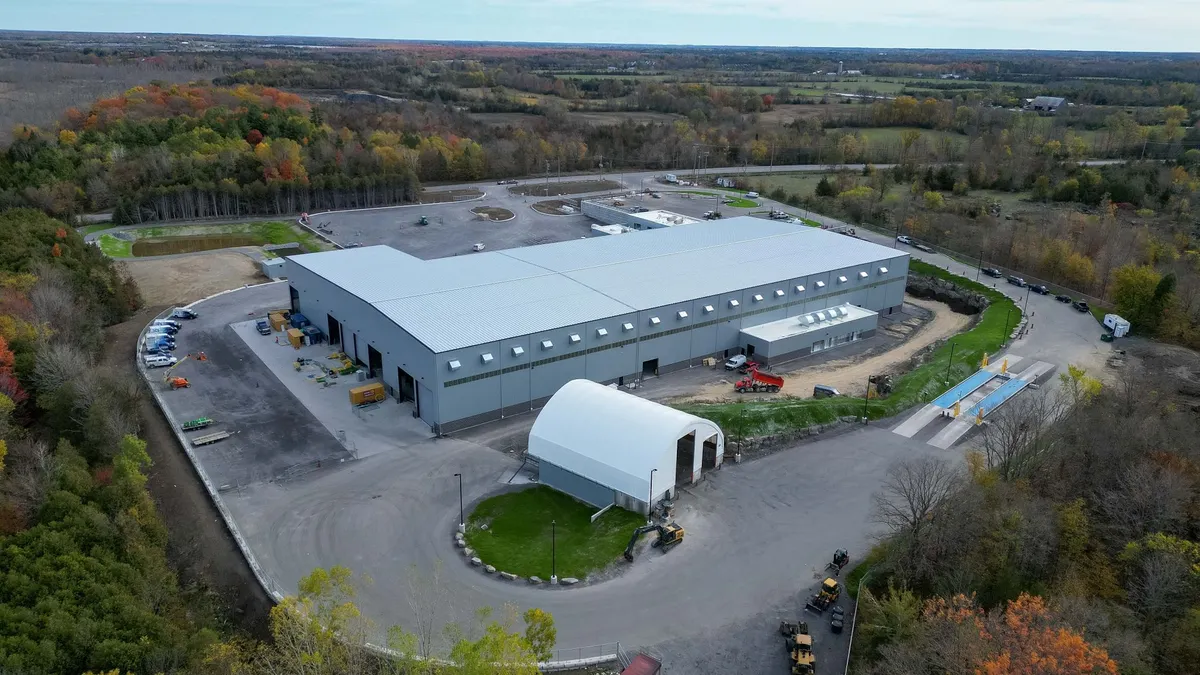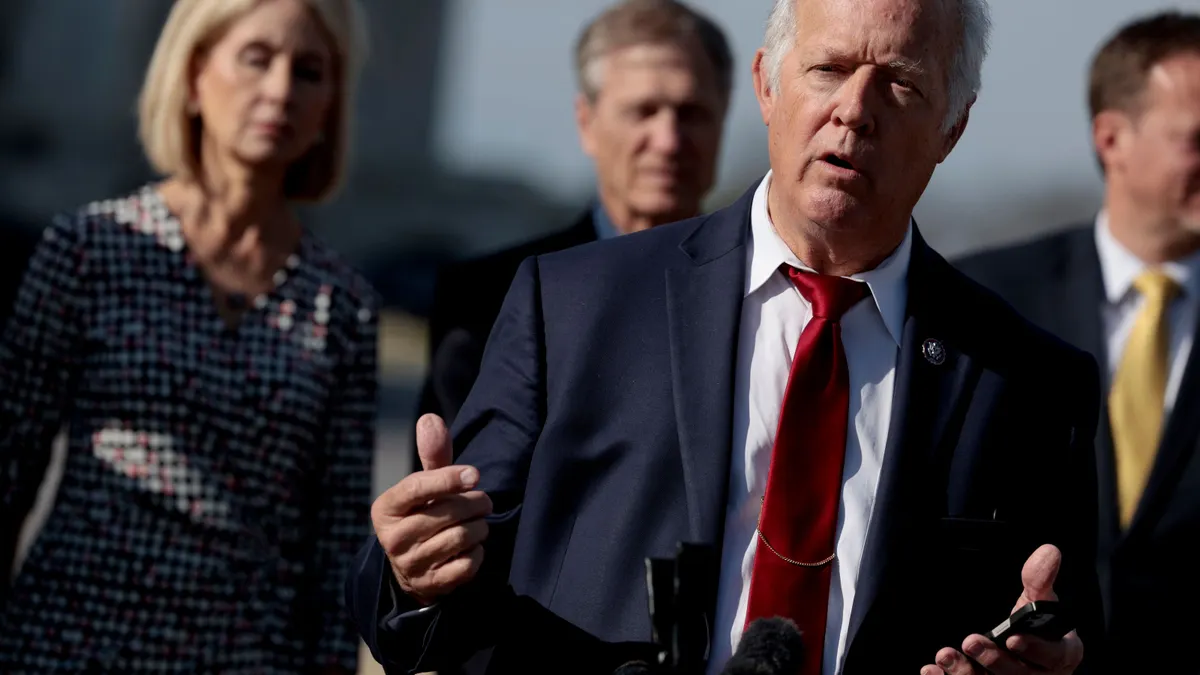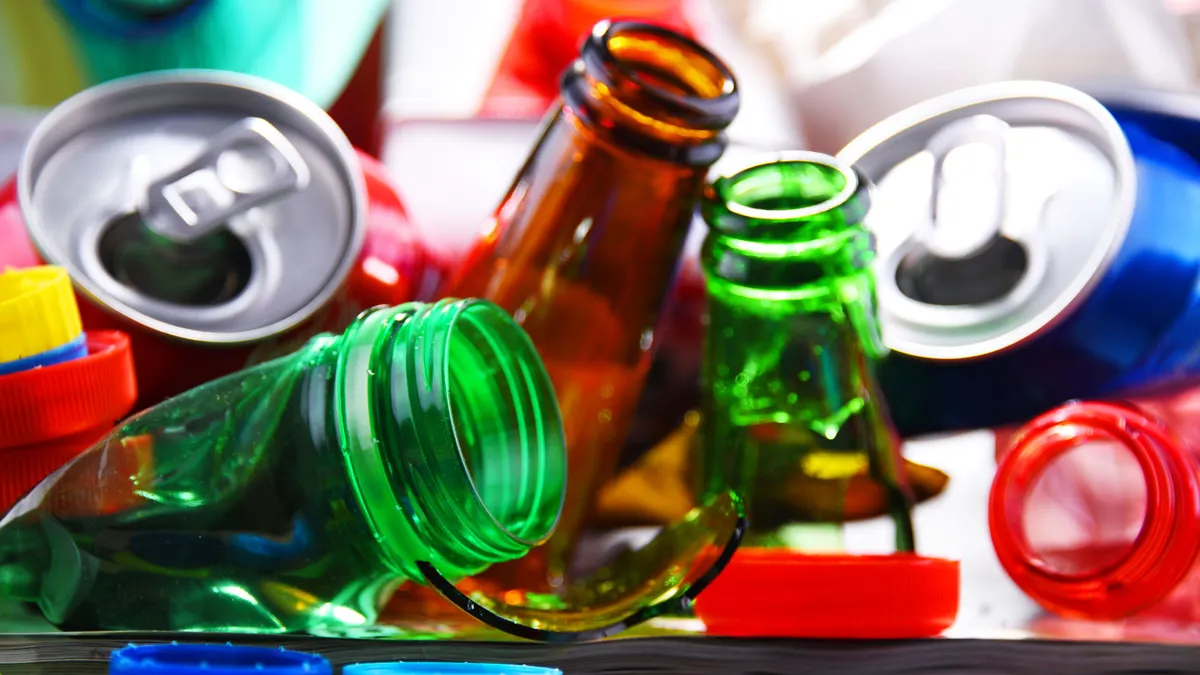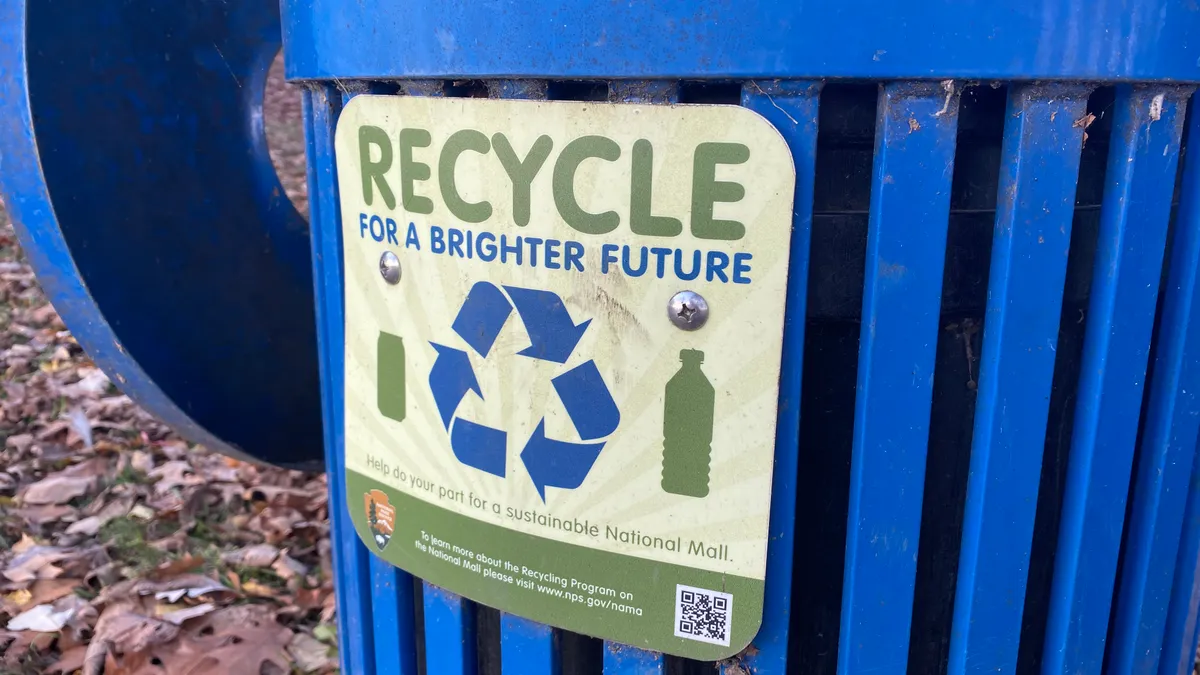The following is a contributed piece and does not reflect an editorial position by Waste Dive. Information on what that entails and how you can submit is available here.
The state of California leads the world in setting ambitious climate goals. But to attain those goals, the state must be deliberate in its decision to promote renewable energy sources, products and technologies through government public policies on the local, county and state levels.
That will require only looking at solutions that can reduce greenhouse gas emissions. Long-term as well as short-term solutions need to be based on creating a circular economy.
The circular economy is a proven system that practices sustainability in each stage of a product’s life cycle. Sustainable practices of the circular economics approach include:
- Responsible sourcing of raw materials
- Minimizing life cycle environmental impacts
- Designing products for reuse and/or recycling
- Maximizing recycling
- Reusing secondary materials to make new products which reduce greenhouse gas emissions, stop waste, produce new products and eliminate pollution in the air, water and land
Promoting the circular economy is not just environmentally beneficial, it is also good business. A study by the consulting firm McKinsey found that the circular economy increases profitability by “using and reusing natural capital as efficiently as possible and finding value throughout the life cycles of finished products.”
Take California as an example. Policymakers are currently considering the next steps in blending climate, energy and environmental goals through the principles of a circular economy so the state and local communities can enact their own blueprints for smart policies. Through the circular economy paradigm, the use of life cycle processes for lead batteries has provided one of the first opportunities to put these principles into action.
Lead batteries are an example of a high-functioning circular economy model that should be emulated by other battery chemistries. From the manufacturing stage to the end of their life cycle, lead batteries yield reduced raw material consumption, energy efficient usage and create positive environmental impacts. Moreover, lead batteries boost the economy through in-state manufacturing and jobs for more than 3,000 Californians. No other industry has achieved the same level of success with circular economics.
Newer battery technologies such as lithium-ion are recycled at a rate of less than 5%. By contrast, lead batteries have developed one of the most successful closed-loop systems in the circular economy with a national recycling rate of 99.1% in 2017. The new batteries contain 80% recycled materials and their lead can be infinitely recycled for reuse in safe, and sometimes renewable, energy technologies without loss of performance.
This high recycling rate can be attributed to the economic incentive of reusing lead infinitely, uniformity of the battery components (plastic, acid and lead) and the industry’s investment in a state-of-the-art closed-loop collection and recycling system. The battery industry has also worked to create state laws that require recycling, which exist in at least 38 states.
Lead batteries have proven to be a reliable and essential energy technology for many industries that now, due to circular economics, will be seen as a key part of resilience to climate change. The technology is widely used for sustainable energy applications such as low and zero-emission vehicles, charging stations, renewable energy storage systems and emergency backup power systems. They are also used in more than 90% of telecommunications systems and deliver an uninterrupted power supply to data storage centers, malls, building complexes and life-saving equipment in hospitals. Additionally, lead batteries are needed for virtually all electric vehicles, cars and trucks.
Continued innovation in the performance of lead batteries, in a variety of applications, has allowed the technology to demonstrate its value in providing cost-effective and environmentally sustainable pathways to a more energy efficient present – not just the future.
Various entities, including industry, universities and science technology groups such as the Consortium for Battery Innovation, the Department of Energy’s National Laboratory system and others continue to invest in improving the technology’s overall performance, breadth of application and safety.
The emerging lead battery technology for electric vehicle applications has offered an additional means through which to reduce emissions in transition and future technologies. One case in point are start-stop technologies for 48V hybrid vehicles, along with backup power for 5G networks that is needed for autonomous vehicles, as well as increased ridesharing and reduced vehicle miles traveled. In fact, start-stop technologies utilizing lead batteries currently eliminates 4.5 million tons of greenhouse gas emissions annually in the United States.
As the world endeavors to align environmental efforts with the U.N. Sustainable Development Goals, every sector of society must contribute to achieve long-term results. California legislators can do their part as environmental leaders through the pursuit and implementation of public policies such as SB 100, which raises the state’s renewable energy requirement to 60% by 2030 and makes a commitment to achieve 100% carbon-free electricity by 2045.
In addition to legislation, regulators should encourage reuse and recycling, and assess the “end of use” for all products, as they develop strategic approaches to clean energy — through the California Energy Commission’s Integrated Energy Policy Report and state Environmental Protection Agency’s carbon neutrality studies, among others. The circular economy model as government policy will lead battery makers and their recycling business partners to offer an opportunity for new businesses, industry leaders, and decision-makers to make impactful progress toward achieving their desired climate goals.
Kevin Moran is executive vice president of Battery Council International. Woodrow Clark, Ph.D., is the founder of Clark Strategic Partners and served as an advisor to former California Governor Gray Davis. His upcoming book on circular economics will be published in spring 2020.

















